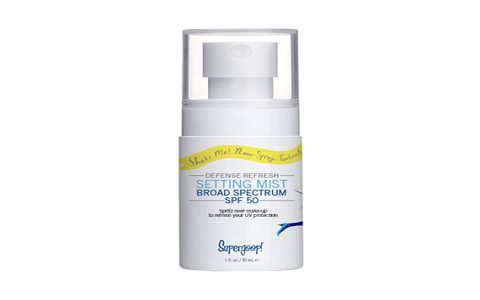Selecting the optimal spray-on solution depends entirely on your specific application. The "best" is relative. Begin by clearly defining your objective.
Identify Your Primary Application
- Cleaning: Degreasers (kitchen/bathroom/all-purpose), glass cleaners, electronics cleaners, brake cleaners.
- Protection: Corrosion inhibitors (rust preventatives), mold/mildew inhibitors, waterproofing sprays for fabrics/seals.
- Lubrication: Dry lubricants (PTFE/graphite), penetrating oils, silicone sprays, chain lubes.
- Surface Treatment: Adhesion promoters (primer-less), mold releases, anti-static sprays, dust suppressants.
- Disinfection/Sanitization: EPA-registered antimicrobial sprays.
- Specialty: Heat-resistant sprays, UV protectants, leather/fabric conditioners.
Key Selection Factors
- Target Material/Substrate: What surface are you spraying onto? (Metal, plastic, rubber, fabric, wood, glass). Compatibility is critical to avoid damage.
- Formulation Chemistry:
- Solvent-Based: Strong cutting power, fast-drying. May be flammable/strong odor. Use with ventilation.
- Water-Based: Generally safer, lower odor, non-flammable. Cleaning power may vary. Slower drying.
- Aerosol Propellant: Affects spray pattern, particle size, and environmental impact.
- Performance Requirements: Penetration depth? Lubricity level? Cleaning strength? Durability? Drying time?
- Safety: Check SDS (Safety Data Sheet). Note flammability, inhalation hazards, required PPE (gloves, goggles, respirator), environmental concerns (VOCs), and storage requirements.
- Ease of Use: Spray pattern (mist, stream), ergonomic can design, residue characteristics (streaking?).
- Regulatory Compliance: Check for required certifications (e.g., NSF for food contact, EPA for disinfectants).
Methodology for Finding Your Ideal Spray
- Precisely Define the Task: Be specific about what you need the spray to achieve and on what surface.
- Research Based on Application: Look for products specifically formulated for your use case and substrate.
- Scrutinize Product Labels & SDS: Verify compatibility, key ingredients, warnings, and safety instructions.
- Compare Key Attributes: Evaluate solvents, drying time, safety warnings, and residue.
- Test Judiciously: If possible, test a small, inconspicuous area first to check compatibility and effectiveness before full application.
- Prioritize Safety & Compatibility: These are non-negotiable factors.
There is no universal "best" spray. Success lies in matching the formulation's properties and safety profile to your exact task and target surface through thorough research and careful consideration.







